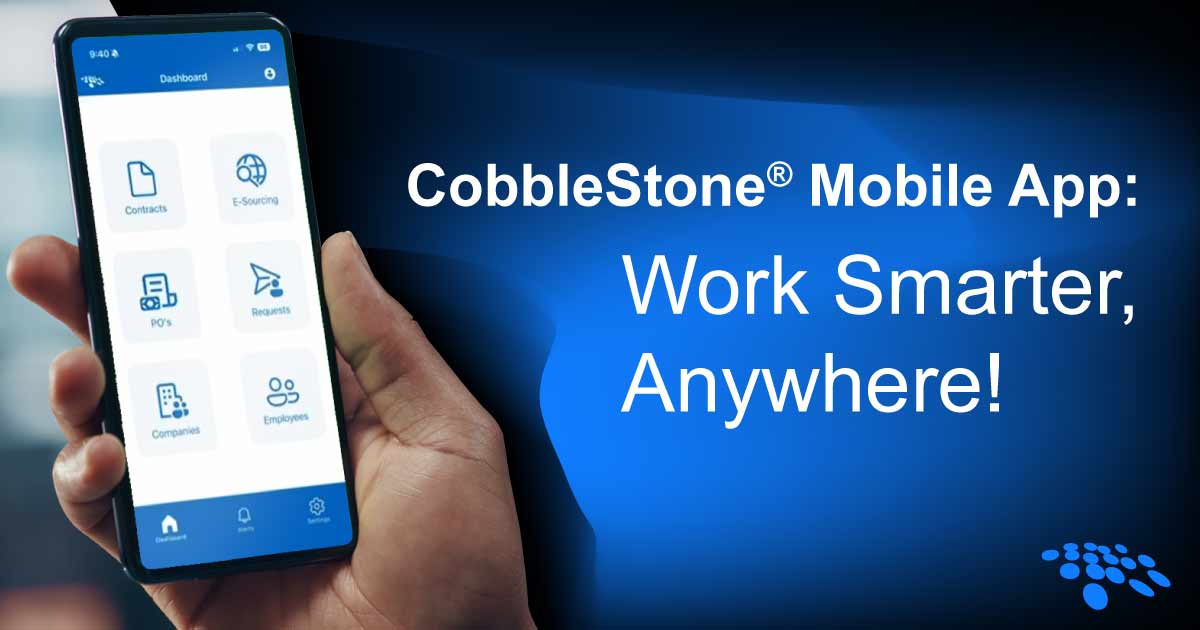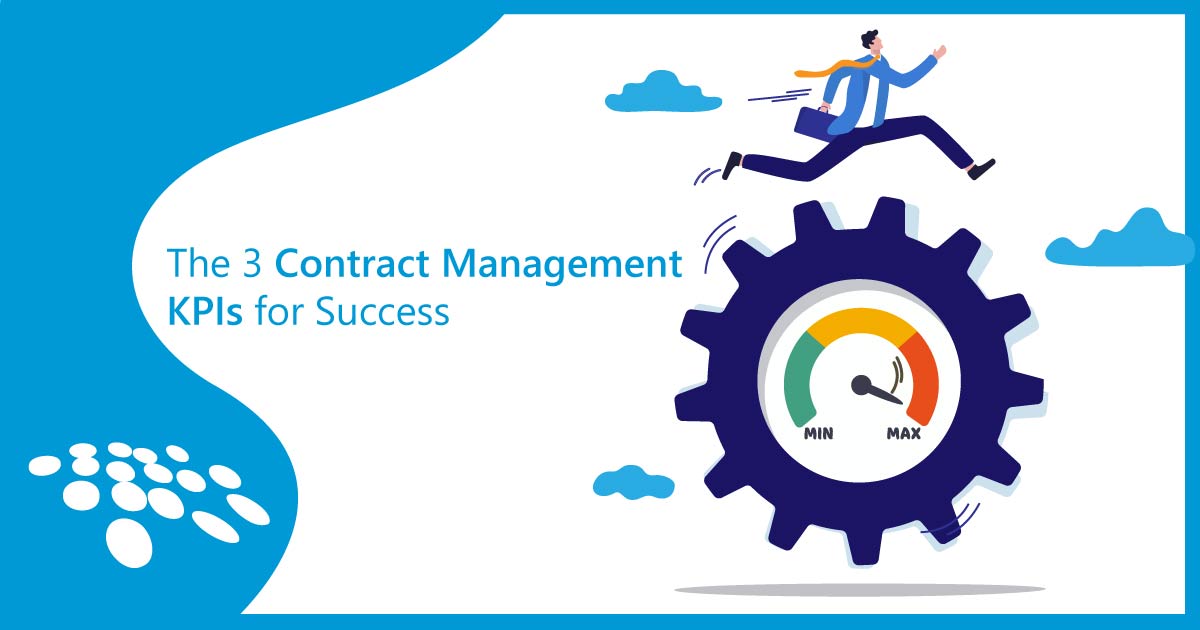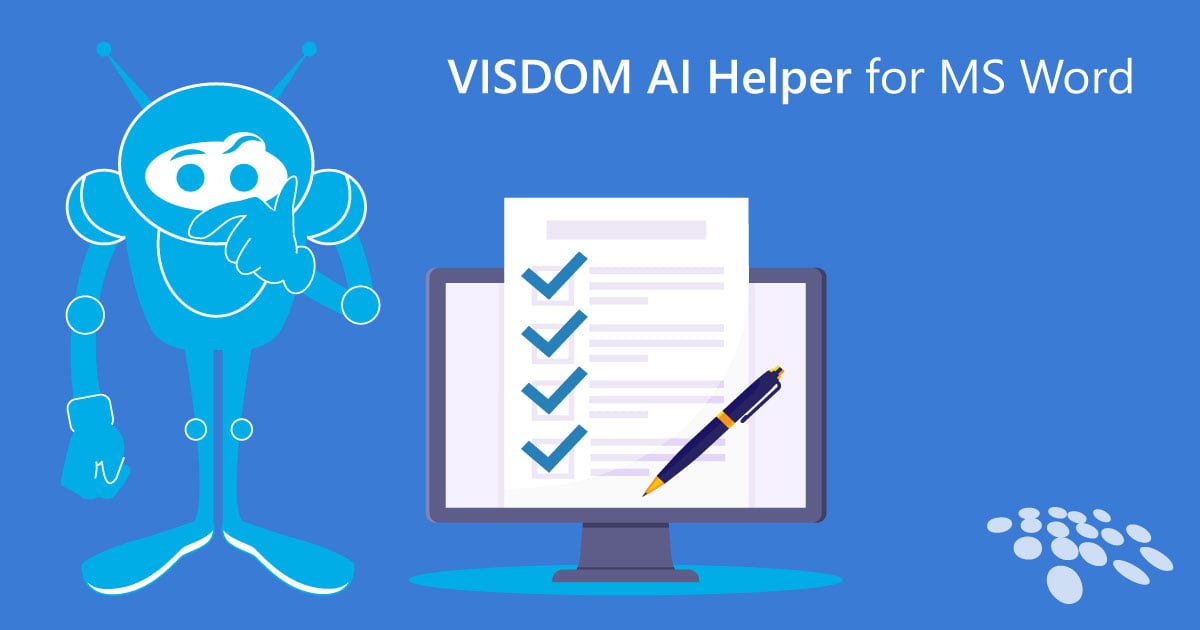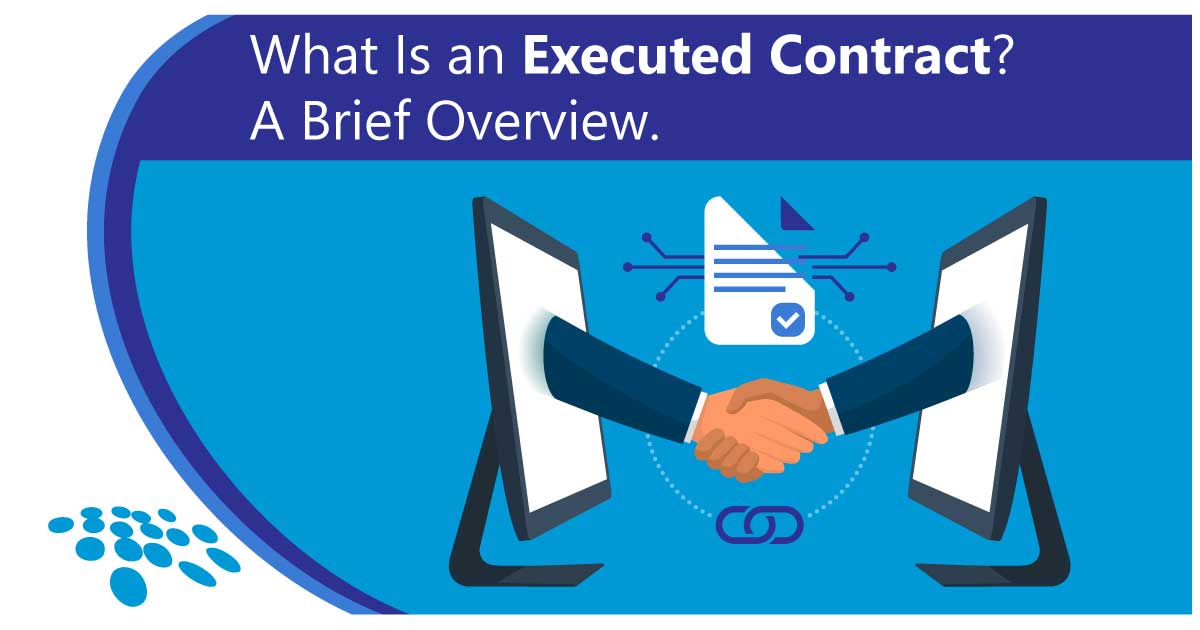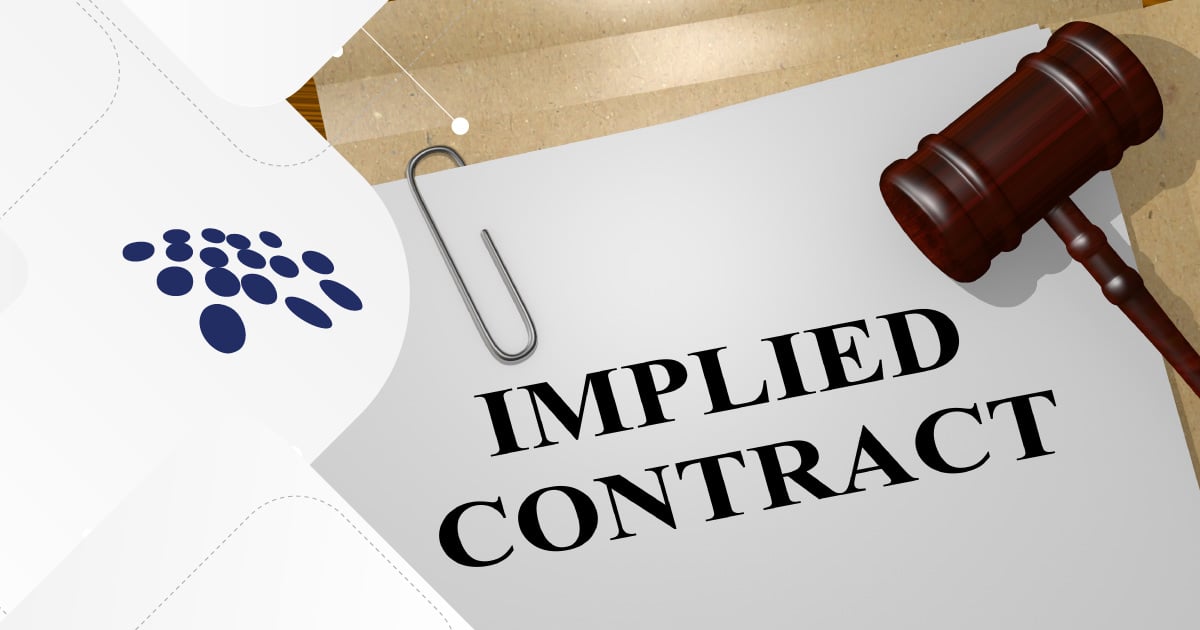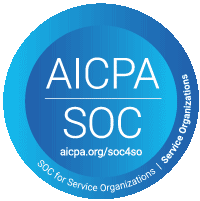Utilizing manual sourcing methods - such as gathering item prices in spreadsheets, corresponding with prospective bidders individually via email, leveraging paper-based RFPs, and collecting numerous data separately from potential suppliers - can cause you to face a time-consuming challenge in sourcing quality and cost-saving goods or services. Without the proper tools, sourcing professionals within your procurement team could fail to determine formal bids, RFPs, budget allowances, stock levels, current contracts, and contingencies in purchase order releases. Fortunately, you can utilize the following seven essential eSourcing software tools for seamless source-to-contract management success.
7 Essential eSourcing Tools for 2025
By Joshua Hansen on 02/5/25
Increase Supplier Diversity With E-Sourcing Software
By Joshua Hansen on 01/14/21
As a sourcing professional, attracting diverse suppliers who meet your necessary RFx requirements can be challenging when leveraging primarily manual processes such as organizing paper-based RFPs, tracking disparate emails, filing scattered documents, and individually reviewing bids for diversity qualifications. While you might find a suitably diverse supplier base, they may lack in other crucial requirements. Without a suitable eSourcing software solution, sourcing a product or service that meets your diversity and functionality requirements can prove difficult. Read on to learn how leading-edge eSourcing tools can help you optimize supplier diversity.
6 Key Procurement Tools to Confidently Finish Out Fiscal Q3
By Sean Heck on 08/14/20
As the end of the third fiscal quarter draws nearer, the fact remains that the manual management of contracts, vendors, bids, and purchase orders can prove difficult and ineffectual. Methods that involve paying per solicitation can grow quite costly. Here's how to unlock six key eProcurement software tools for procurement prosperity through the third fiscal quarter and beyond!
3 Ways to Improve Government Supply Chain RFPs
By Sean Heck on 06/17/20
Government supply chain management is a multi-faceted, involved process – including the handling of RFIs, RFPs, and RFQs. Supply chain RFx management responsibilities may include accumulating vendor proposals, collecting quotes to compare vendors and contractors, establishing a database of vendors and contractors, signing off on approvals before selecting them, managing contracts, and much more. Handling these different tasks with separate manual processes can make for a disorganized approach that can potentially lead to lost opportunities, supply chain lifecycle bottlenecks, improper vendor and contractor selection, wasted time, and revenue loss. Luckily, integrated contract management software solutions can help. Here are three ways to improve government supply chain RFPs.










